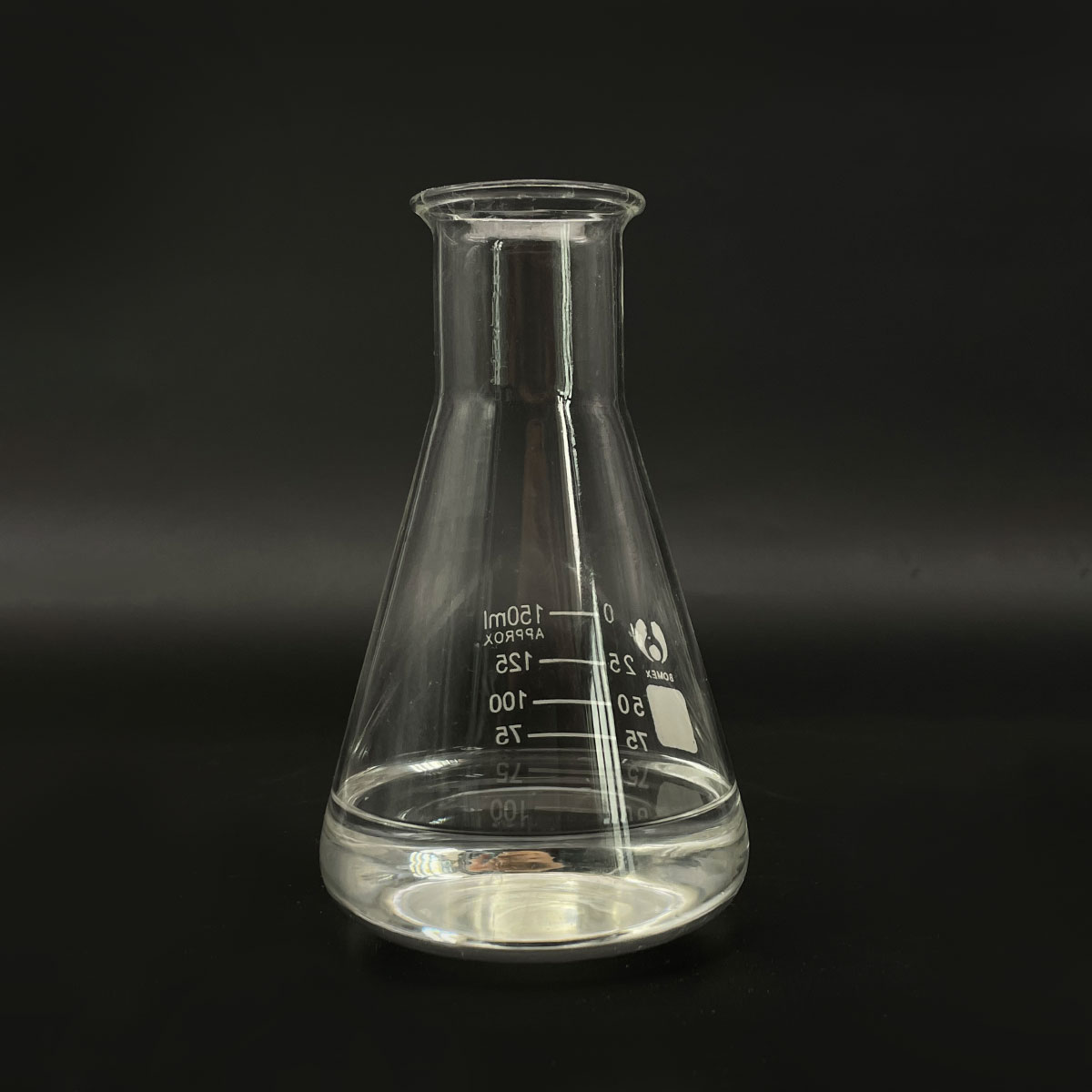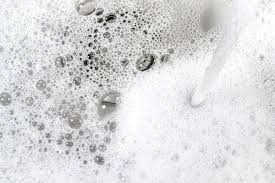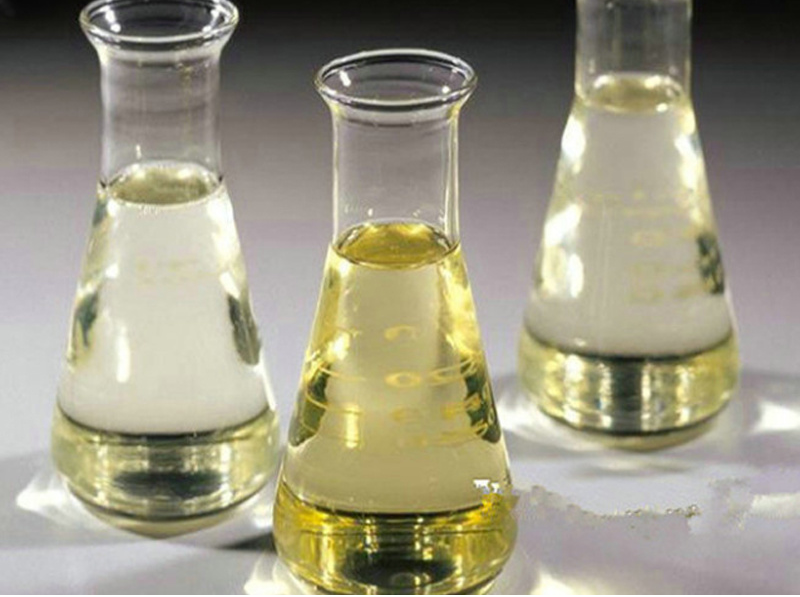**Surfactants: Friends or Foes of Surface Tension?**
(Does Surfactant Increase Surface Tension)
Picture a water strider skating on a pond. Its secret? Surface tension—the invisible “skin” on water that holds it together. Now imagine adding soap to the pond. The water strider sinks. Soap is a surfactant, a compound that usually weakens surface tension. But here’s the twist: can surfactants ever do the opposite? Could they make surface tension stronger? Let’s dive into this slippery science.
Surface tension happens because water molecules stick to each other. Think of it like a team holding hands tightly. Surfactants are molecules with two ends: one loves water, the other hates it. When added to water, they gather at the surface, pushing the water molecules apart. This normally loosens their grip, lowering surface tension. Soap bubbles and dishwashing liquids work this way. But science loves exceptions.
Researchers found something odd. In specific cases, surfactants might temporarily boost surface tension. How? It depends on concentration. Add a tiny bit of surfactant, and it might not spread evenly. Instead, it clumps. These clumps create uneven spots on the surface. Water molecules in “bare” areas cling tighter, raising local tension. It’s like patching a leaky boat—some spots get weaker, others stronger.
Another factor is the environment. Surfactants behave differently in clean water versus dirty water. In polluted water, surfactants might bond with oil or dirt first. This uses up surfactant molecules, leaving fewer to disrupt surface tension. The result? The remaining water molecules hold on tighter. Imagine a crowded room—if some people leave to clean up a mess, the rest stand closer together.
Real-world examples exist. In lungs, a natural surfactant lowers surface tension to help breathing. But studies show that without enough of it, surface tension in lung fluids can spike. This makes breathing harder. Here, the absence—or improper use—of surfactant indirectly raises tension. It’s like forgetting to oil a hinge; things get stiff.
Lab experiments back this up. Scientists mixed surfactants with water in controlled settings. At ultra-low concentrations, surface tension briefly rose before dropping. The reason? Surfactants took time to organize. Before forming a proper layer, they created chaos. Water molecules, stressed by the mess, gripped each other harder. Once the surfactant settled, tension dropped as expected.
This isn’t just lab trivia. Industries like cosmetics and oil spill cleanup rely on surfactants. Knowing how they tweak surface tension matters. For instance, in oil recovery, adding surfactant helps separate oil from rock. But if too little is used, it might temporarily make the problem worse by raising surface tension.
Nature also plays games. Some plants release surfactants to trap insects. These substances reduce surface tension, causing prey to sink into watery traps. But if the plant’s chemistry is off, could it accidentally create a stickier surface? Maybe. Evolution likely fine-tuned this, but accidents happen.
(Does Surfactant Increase Surface Tension)
So, do surfactants ever boost surface tension? Yes—but only under special conditions. It’s a reminder that science isn’t always straightforward. Molecules, like people, act differently under pressure. Next time you wash dishes, remember: that soap isn’t just breaking tension. It’s part of a tiny, dynamic tug-of-war.
Inquiry us
if you want to want to know more, please feel free to contact us. (nanotrun@yahoo.com)




